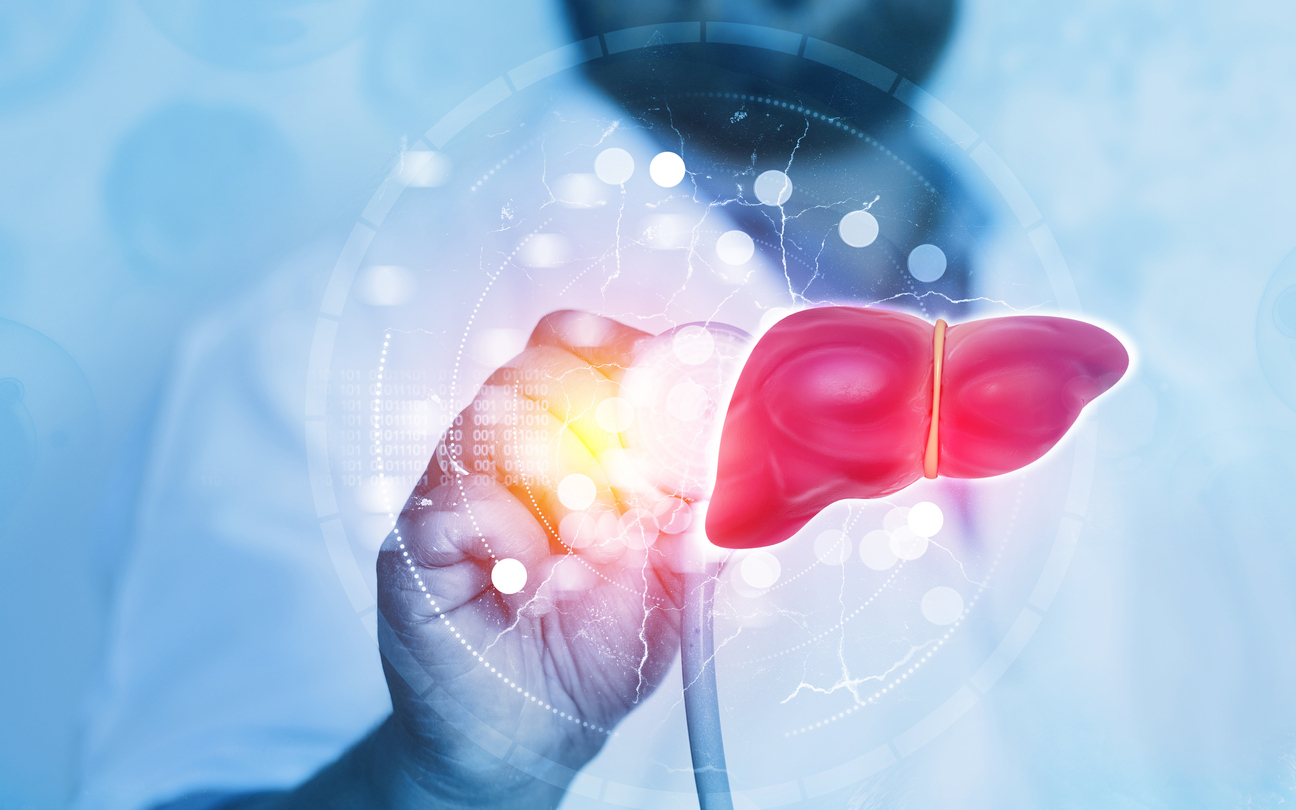How to Manage Fatty Liver Disease and Fibrosis With the Right Treatment Plan
If you’re living with fatty liver disease or fibrosis diagnosis, it can feel overwhelming at first. After all, what does this mean for your health? How severe are the symptoms? What type of treatment could help manage your condition? Fortunately, there is much that you can do to manage the effects of fatty liver disease and Fibrosis. With an effective treatment plan tailored to your specific needs and goals, it’s possible to reduce damage caused by these medical conditions, improve overall well-being and live in better control of your body’s ability to maintain its own health. In this blog post, we’ll explore how different treatments may be appropriate for managing a fatty liver disease or Fibrosis depending on the severity and personal factors such as age or lifestyle. Read on to find out more!
What are Fatty Liver Disease and Fibrosis
Fatty liver disease and Fibrosis are two related conditions that can have serious consequences on the liver. Fatty liver disease occurs when fat builds up in the liver, leading to inflammation and damage over time. Fibrosis is a more advanced stage where the liver starts to develop scarring, which can eventually lead to cirrhosis. While there is no cure for these conditions, treatment options are available to help manage symptoms and slow the progression. Making lifestyle changes, such as adopting a healthy diet, losing weight, and avoiding alcohol, can significantly improve liver function. In more severe cases, medication may be prescribed to reduce inflammation or prevent further damage. It’s essential to work closely with a healthcare provider to determine the best course of treatment for fatty liver disease and Fibrosis.
Identifying the Signs and Symptoms of Fatty Liver Disease and Fibrosis
Fatty liver disease and Fibrosis are two common liver conditions that can cause serious health problems if left untreated. Symptoms for both diseases are often non-specific, ranging from fatigue and abdominal discomfort to jaundice and confusion. However, with proper diagnosis and treatment, both conditions can be managed effectively. Treatment often involves changes in diet and lifestyle, as well as medications to improve liver function. Identifying the signs and symptoms of fatty liver disease and Fibrosis is crucial in getting the right diagnosis and starting treatment early. If you suspect that you may be experiencing symptoms of these liver diseases, it’s important to schedule an appointment with your healthcare provider.
How Diet and Lifestyle Changes Can Help Manage Fatty Liver Disease and Fibrosis
Fatty liver disease and Fibrosis are two closely related conditions that affect millions of people worldwide. These conditions are characterized by the buildup of excess fat in the liver, which can lead to serious health consequences if left untreated. Fortunately, there are a number of lifestyle and diet changes that can help manage the symptoms of fatty liver disease and Fibrosis and even reverse some of the damage done to the liver. Treatment options include weight loss, exercise, and a healthy diet that is low in fat and sugar. By making these changes, individuals with fatty liver disease and Fibrosis can avoid more serious complications and improve their overall quality of life.
Medical Treatment Options for Fatty Liver Disease and Fibrosis
Fatty liver disease and Fibrosis are two conditions that can occur simultaneously, making them a double threat to your liver function. Fortunately, medical treatments are available to address these conditions. The first step in treatment is to address the underlying cause of fatty liver disease, which may include weight loss, healthier eating habits, and exercise. If the condition has progressed to Fibrosis, medication such as antiviral and immunosuppressive drugs may be prescribed. In advanced cases, a liver transplant may be necessary. It’s important to note that consistent medical management of fatty liver disease and Fibrosis is vital for preventing irreversible liver damage. Seek proper medical advice and treatment to protect your liver health.
Prevention Strategies for Fatty Liver Disease and Fibrosis
Fatty liver disease and Fibrosis are two conditions that are becoming increasingly common, but they can be prevented with the right strategies. The first step is to focus on maintaining a healthy weight through diet and exercise. Foods that are high in fat and sugar should be limited, while nutrition-dense foods like fruits, vegetables, and whole grains should be emphasized. In addition to diet, regular exercise is also crucial for preventing these conditions. Another important consideration is to limit alcohol consumption. Alcohol is a major contributor to fatty liver disease and Fibrosis, so it’s important to drink in moderation or not at all. Finally, if you are diagnosed with these conditions, there are treatments available to manage their progression and symptoms. It’s important to work with your healthcare provider to develop an effective treatment plan. By following these prevention strategies, you can help protect your liver and overall health.
FAQs About Managing Fatty Liver Disease and Fibrosis
Fatty liver disease and Fibrosis are serious conditions that affect many people around the world. If left untreated, they can lead to complications like liver failure and cirrhosis. That’s why it’s important to understand how to manage these conditions effectively. There are many frequently asked questions regarding the treatment of fatty liver disease and Fibrosis, including what lifestyle changes can be made to improve symptoms, what medications can be taken to slow disease progression, and what surgical options are available for severe cases. By learning more about these topics and working closely with a healthcare provider, individuals with these conditions can take control of their health and improve their quality of life.



 Close
Close